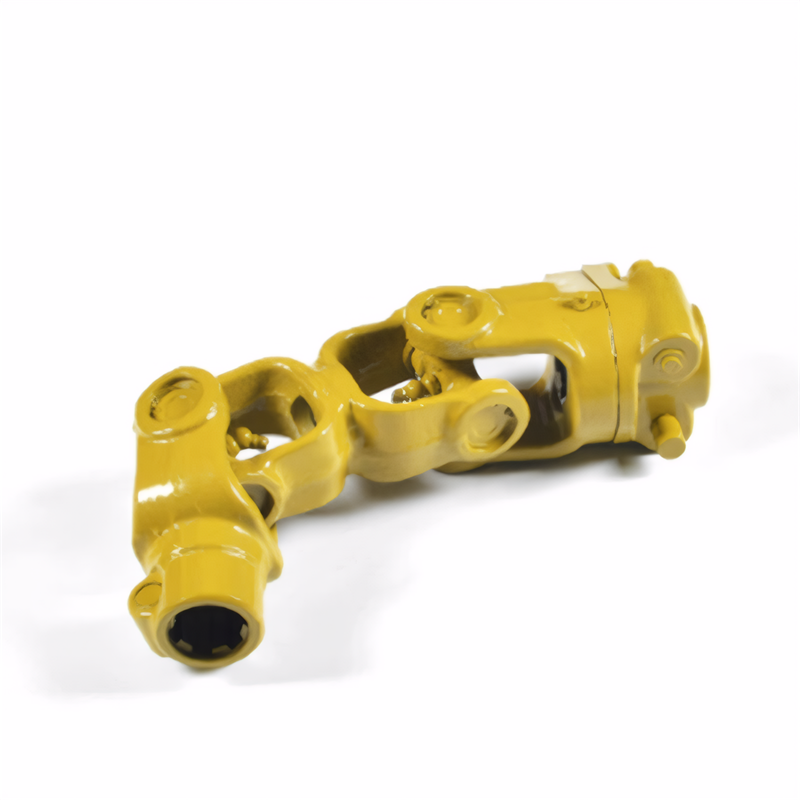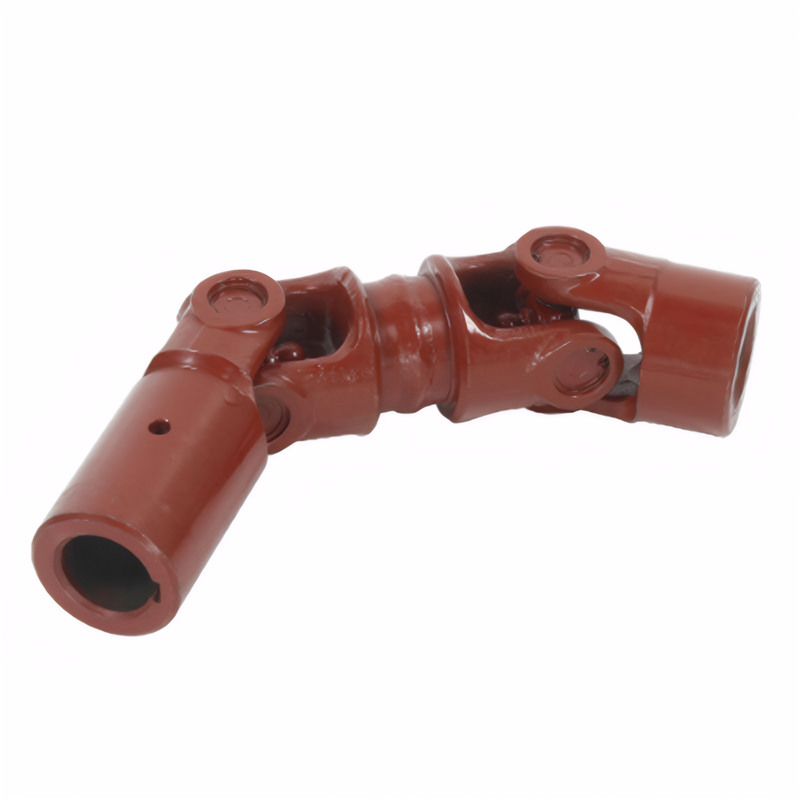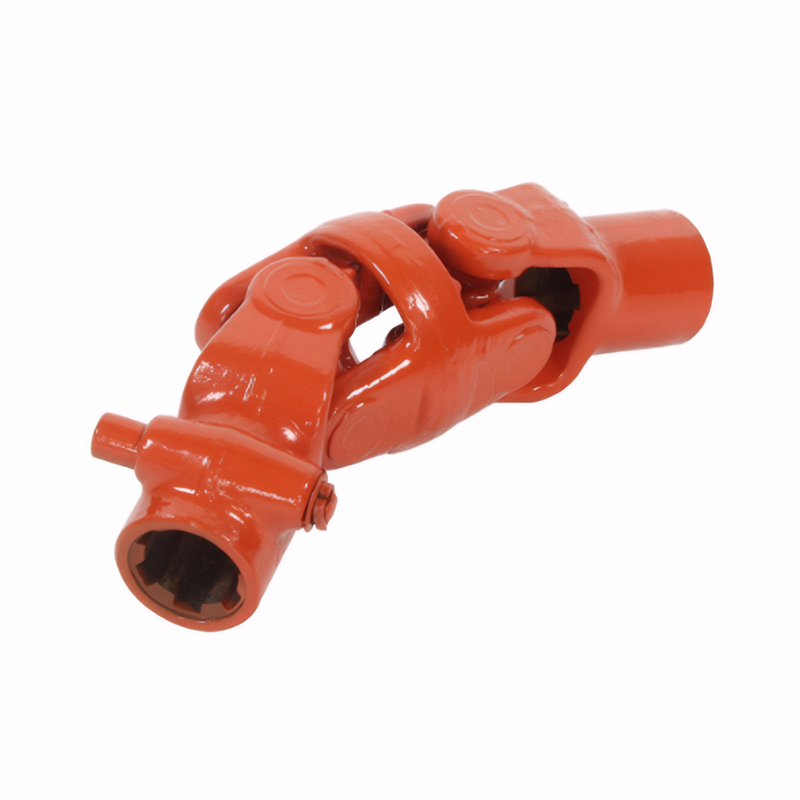The precision of spline processing for drive shafts
Views :
Update time : 2025-09-30
Precision Control in Spline Shaft Machining for Transmission Systems
Key Dimensional Accuracy Requirements
Spline shafts for transmission applications demand strict control over three core dimensional parameters:
- Diameter Precision: The major diameter (outer diameter of spline teeth) typically requires IT7-IT9 tolerance grades, while the minor diameter (root diameter) often adheres to IT6-IT8 standards. For instance, automotive driveshafts may specify a major diameter tolerance of ±0.02mm to ensure proper fit with mating components.
- Key Width Accuracy: The width of individual spline teeth must align with design specifications to prevent uneven load distribution. High-precision applications, such as robotic joints, may require key width tolerances as tight as ±0.01mm, achievable through precision grinding or CNC milling.
- Axial Length Control: The axial length of spline sections influences torque transmission efficiency. For example, industrial gearbox shafts often demand length tolerances of ±0.05mm to maintain alignment with bearings and gears.
Geometric Tolerance and Surface Finish Standards
Achieving optimal geometric integrity and surface quality is critical for reducing wear and vibration:
- Cylindricity and Roundness: Spline teeth must exhibit minimal deviation from ideal cylindrical forms. Advanced CNC lathes and grinding machines can control cylindricity errors to within 0.005mm, ensuring smooth engagement with mating parts.
- Runout and Concentricity: Radial runout of the spline section relative to the shaft’s axis should not exceed 0.01mm for high-speed applications like electric vehicle drivetrains. This is typically verified using dial indicators or laser alignment systems during machining.
- Surface Roughness: The root and flank surfaces of spline teeth require Ra values below 0.8μm to minimize friction. For example, aerospace-grade spline shafts often undergo superfinishing to achieve Ra 0.2μm, enhancing fatigue resistance under cyclic loading.
Advanced Machining Techniques for High-Precision Splines
Modern manufacturing employs specialized methods to meet stringent accuracy demands:
- Spline Rolling: This cold-forming process uses hardened dies to deform the shaft material, producing splines with high surface hardness (up to 58 HRC) and dimensional stability. It is widely used in automotive driveshafts, offering a production efficiency 5x higher than traditional milling.
- CNC Hobbing: For large-batch production, CNC-controlled hobbing machines cut spline teeth with sub-micron accuracy. By optimizing tool path algorithms, manufacturers can reduce form errors to less than 0.003mm per tooth.
- Wire EDM (Electrical Discharge Machining): Ideal for hardened materials like 20CrMnTi steel, wire EDM achieves spline profiles with tolerances as tight as ±0.002mm. This method is preferred for high-precision components in robotics and medical devices.
Quality Assurance Through Multi-Stage Inspection
Ensuring spline accuracy involves rigorous testing protocols:
- In-Process Gauging: During machining, laser sensors continuously monitor key dimensions like tooth thickness and pitch diameter, triggering automatic corrections if deviations exceed preset limits.
- Composite Gauging: Post-machining, spline shafts undergo inspection with go/no-go gauges that simultaneously check multiple parameters, including effective diameter, tooth symmetry, and cumulative pitch error.
- Non-Destructive Testing (NDT): Techniques like ultrasonic testing and magnetic particle inspection detect subsurface defects that could compromise fatigue life, particularly in safety-critical applications like aviation.
Material and Heat Treatment Considerations
Material selection and thermal processing directly impact spline precision:
- Alloy Steels: Medium-carbon alloys like 40Cr are heat-treated to achieve a balance of strength (800-1000 MPa) and ductility, reducing deformation during machining.
- Case Hardening: Processes like carburizing or nitriding create a hardened surface layer (55-62 HRC) while maintaining a tough core, extending spline life under heavy loads.
- Stress Relief Annealing: Post-machining heat treatment eliminates residual stresses, preventing dimensional shifts during service. For example, a 500°C annealing cycle can reduce internal stresses by up to 70%.
By integrating these precision-focused strategies, manufacturers can produce spline shafts that meet the exacting demands of modern transmission systems, ensuring reliable torque transfer and long-term durability.
Related News
Read More >>
 Accuracy requirements for the
Accuracy requirements for the
12 .01.2025
Transmission shaft installation holes typically require IT6-IT7 precision grades for diameter dimens...
 Selection of universal joint t
Selection of universal joint t
12 .01.2025
Cross-axis rigid universal joints, the most prevalent type in automotive applications, consist of a ...
 Standard for coaxiality error
Standard for coaxiality error
12 .01.2025
Coaxiality error quantifies the deviation between a measured axis and a reference axis, representing...
 Requirements for the surface r
Requirements for the surface r
11 .30.2025
The surface roughness of transmission shafts directly influences their operational lifespan under cy...
 简体中文
简体中文 English
English
